Constructing a lowboy trailer is a meticulous endeavor that demands precision, expertise, and a deep understanding of both engineering principles and industry standards. At CarMax Vehicle, we specialize in manufacturing top-tier semi-trailers, and our extensive experience equips us to guide you through the intricate process of building a lowboy trailer that meets your specific needs. This article delves into the essential components, step-by-step construction process, and critical considerations to ensure your lowboy trailer stands out in performance and durability.
Understanding Lowboy Trailers
Lowboy trailers are specialized semi-trailers designed for transporting heavy and oversized loads. Their distinctive low deck height allows for the shipment of tall machinery and equipment without exceeding height restrictions on roads and highways. Widely used in industries such as construction, agriculture, and heavy manufacturing, lowboy trailers are indispensable for moving items like bulldozers, excavators, and large generators.
Key Benefits of Lowboy Trailers
- Height Clearance: Facilitates the transport of tall equipment while adhering to roadway height regulations.
- Weight Distribution: Optimizes load-bearing capacity, ensuring stability and safety during transit.
- Versatility: Accommodates a wide range of heavy and oversized loads, making it adaptable to various industries.

Essential Components of a Lowboy Trailer
Building a lowboy trailer involves integrating several critical components, each playing a pivotal role in the trailer’s functionality and safety.
| Component | Function |
|---|---|
| Chassis | The backbone of the trailer, providing structural support for all components. |
| Suspension System | Manages load weight and ensures a smooth ride by absorbing shocks and vibrations. |
| Decking | The platform where the load is secured, designed to handle heavy weights. |
| Gooseneck/Fifth Wheel | Connects the trailer to the towing vehicle, facilitating maneuverability. |
| Landing Gear | Supports the trailer when it’s not attached to a towing vehicle. |
| Tires and Wheels | Endure heavy loads and ensure stability during transport. |
| Braking System | Provides control and safety by enabling the trailer to decelerate effectively. |
Planning Your Lowboy Trailer Build
Before embarking on the construction of a lowboy trailer, meticulous planning is paramount. This phase involves determining your specific requirements, selecting appropriate materials, and ensuring compliance with regulatory standards.
Assessing Load Requirements
Understanding the nature and weight of the loads you intend to transport is crucial. Consider the following:
- Maximum Load Capacity: Define the heaviest load the trailer must support.
- Load Dimensions: Measure the height, width, and length of the equipment to ensure adequate deck size.
- Weight Distribution: Plan for even weight distribution to maintain trailer stability and prevent undue stress on suspension components.
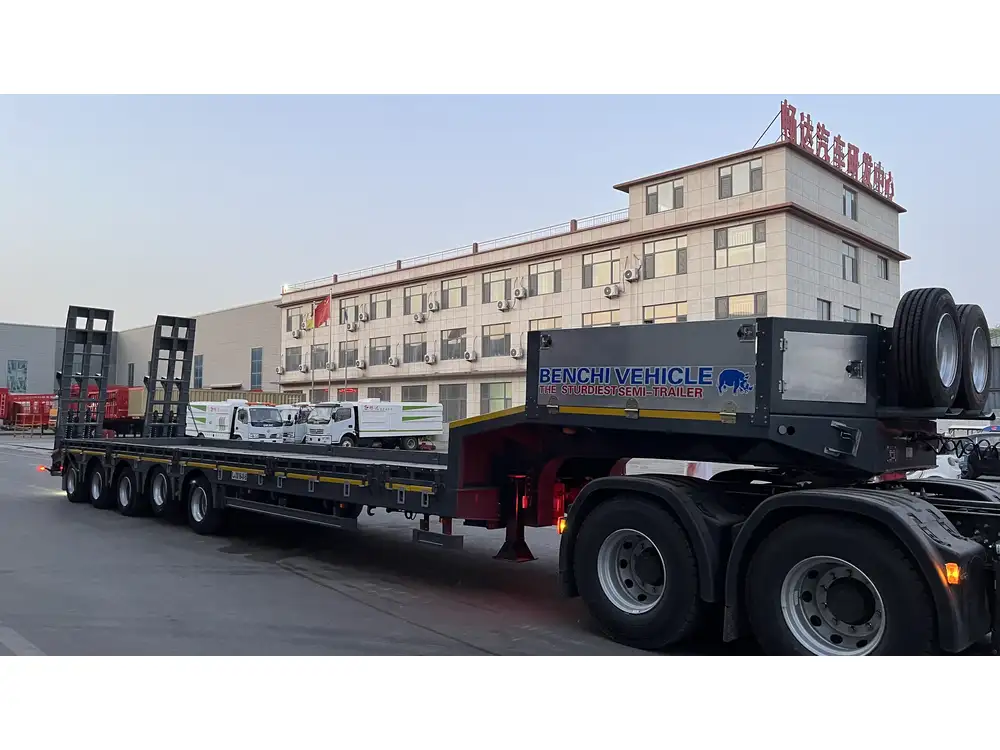
Selecting Materials
Choosing the right materials impacts the trailer’s durability, weight, and cost. Common materials include:
- Steel: Preferred for its strength and durability.
- Aluminum: Offers a lighter alternative but may require additional reinforcement for heavy loads.
- Composite Materials: Used for specialized applications requiring specific performance characteristics.
Regulatory Compliance
Ensure your trailer design adheres to local and national transportation regulations, including:
- Weight Limits: Adhere to maximum allowable weights for roads and highways.
- Dimensional Standards: Comply with height, width, and length restrictions.
- Safety Standards: Incorporate necessary safety features such as lighting, brakes, and reflectors.
Step-by-Step Guide to Building a Lowboy Trailer
Building a lowboy trailer is a complex process that involves several stages, each requiring precision and expertise. Here’s a detailed breakdown:
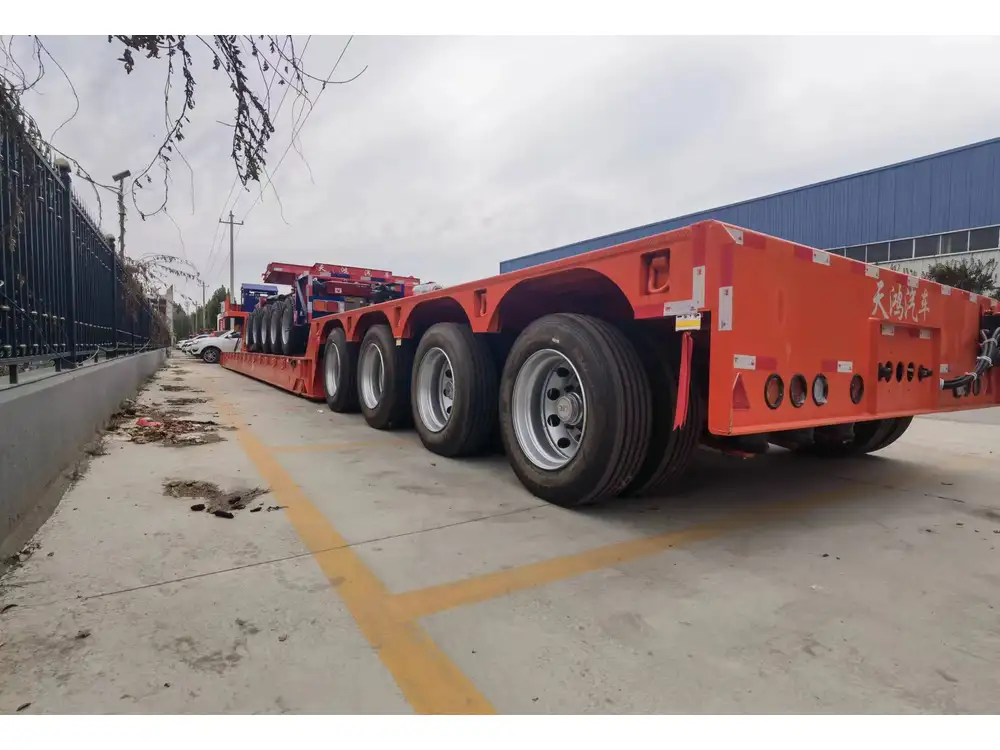
1. Designing the Trailer
Begin with a comprehensive design that outlines all specifications and dimensions. Utilize CAD software to create detailed blueprints, ensuring all components fit seamlessly and meet performance criteria.
2. Fabricating the Chassis
The chassis serves as the foundation of your trailer. Follow these steps:
- Cutting and Shaping: Use high-strength steel to cut the frame according to your design specifications.
- Welding: Assemble the frame, ensuring all joints are welded securely to withstand heavy loads.
- Reinforcement: Add reinforcements at critical stress points to enhance structural integrity.
3. Assembling the Suspension System
The suspension system is vital for managing heavy loads and ensuring a smooth ride.
- Selecting the Type: Choose between air suspension or hydraulic systems based on load requirements and comfort.
- Installation: Mount the suspension components onto the chassis, ensuring precise alignment for optimal performance.
- Testing: Conduct load testing to verify the suspension system’s effectiveness in handling the intended weight.

4. Installing the Decking
The decking must be robust to support heavy equipment.
- Material Preparation: Cut steel plates to the required size for the deck.
- Attachment: Secure the decking to the chassis using high-strength bolts or welding, ensuring stability and load distribution.
- Reinforcement: Add crossmembers and supports to prevent sagging and enhance load-bearing capacity.
5. Mounting the Gooseneck or Fifth Wheel
Proper installation of the gooseneck or fifth wheel is crucial for safe towing.
- Positioning: Place the gooseneck or fifth wheel at the optimal point on the chassis to balance the trailer.
- Securing: Attach the connection mechanism firmly, ensuring it can handle the dynamic forces during transit.
- Alignment: Verify the alignment with the towing vehicle to prevent undue stress on the connection points.
6. Installing the Landing Gear
The landing gear supports the trailer when it’s not attached to a towing vehicle.
- Placement: Position the landing gear at the front of the trailer, ensuring it can adequately support the weight.
- Attachment: Secure the landing gear to the chassis with bolts or welding, ensuring stability.
- Adjustment Mechanism: Install an adjustable system to level the trailer on uneven surfaces.
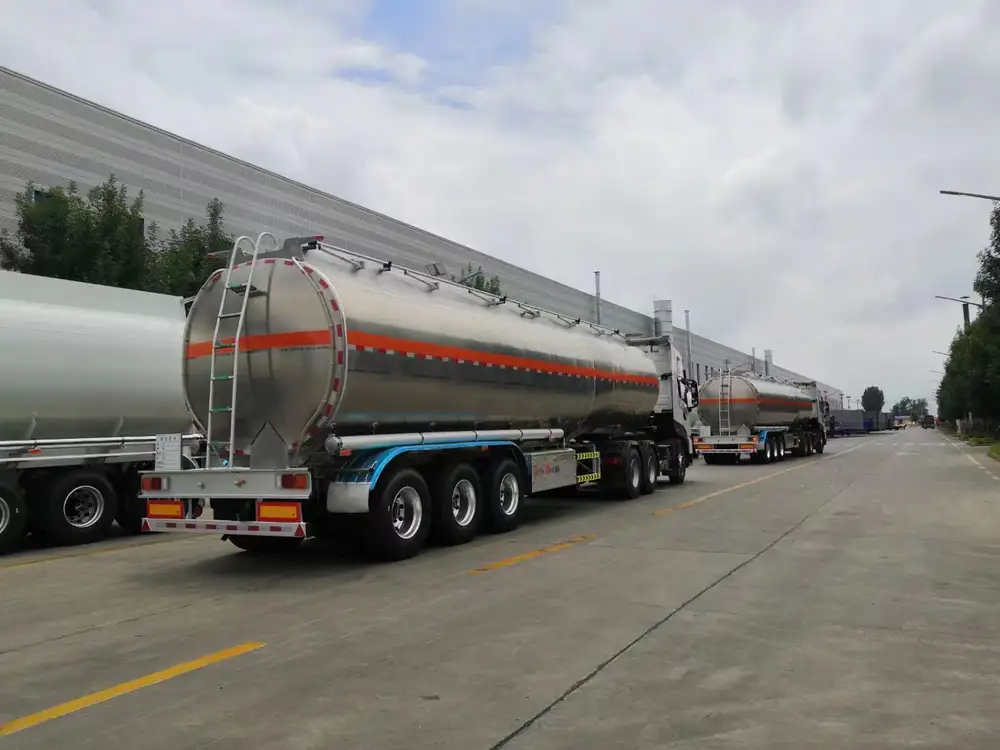
7. Wiring and Lighting
Electrical systems are essential for safe operation on the road.
- Wiring Harness: Install a comprehensive wiring harness that connects all lighting, braking, and signaling components.
- Lighting Installation: Mount brake lights, turn signals, and marker lights in compliance with regulatory standards.
- Testing: Conduct thorough testing of all electrical systems to ensure functionality before deployment.
Essential Tools and Equipment for Building a Lowboy Trailer
Equipping your workshop with the right tools is essential for efficient and accurate construction.
- Welding Equipment: MIG or TIG welders for assembling the chassis and other components.
- Cutting Tools: Plasma cutters or angle grinders for shaping metal parts.
- Measuring Instruments: Calipers, tape measures, and levels for precise measurements.
- Lifting Equipment: Hoists and jacks for handling heavy components during assembly.
- Safety Gear: Protective clothing, gloves, and eyewear to ensure worker safety.
Safety Considerations During Construction
Safety is paramount throughout the trailer-building process.
- Personal Protective Equipment (PPE): Ensure all workers wear appropriate PPE to prevent injuries.
- Structural Integrity: Regularly inspect welds and joints for strength and durability.
- Load Handling: Use proper lifting techniques and equipment to manage heavy components safely.
- Regulatory Compliance: Adhere to all occupational safety standards and transportation regulations.

Cost Analysis and Budgeting
Building a lowboy trailer involves various costs that must be carefully managed to stay within budget.
Cost Breakdown
| Expense Category | Estimated Cost |
|---|---|
| Materials | $5,000 – $15,000 |
| Labor | $3,000 – $10,000 |
| Tools and Equipment | $2,000 – $8,000 |
| Regulatory Fees | $500 – $2,000 |
| Miscellaneous | $1,000 – $3,000 |
Budgeting Tips
- Bulk Purchasing: Buy materials in bulk to reduce costs per unit.
- Reuse and Recycle: Utilize reclaimed materials where possible without compromising quality.
- Efficient Labor Allocation: Optimize workflow to minimize labor hours and associated costs.
- Preventive Maintenance: Maintain tools and equipment to extend their lifespan and reduce replacement expenses.
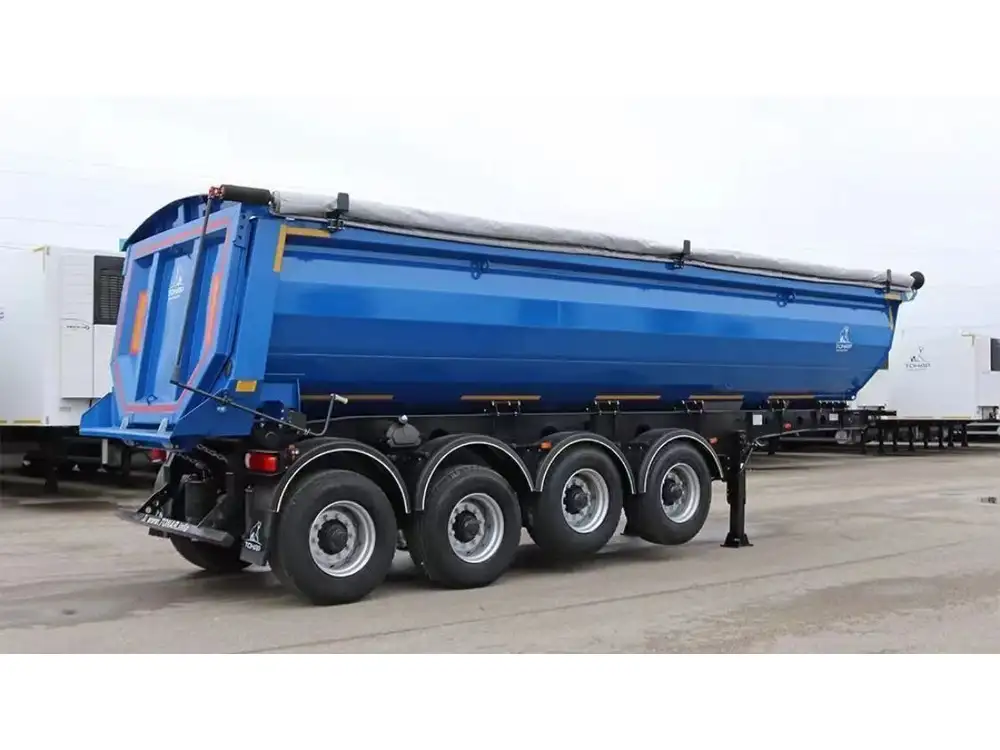
Customizing Your Lowboy Trailer
Customization allows your trailer to meet specific transportation needs more effectively.
Optional Features
- Extended Deck Length: Accommodate larger loads by extending the deck.
- Enhanced Lighting Systems: Improve visibility and safety with advanced lighting options.
- Winches and Hoists: Facilitate easier loading and unloading of heavy equipment.
- Protective Covers: Shield the load from environmental elements during transit.
Tailoring to Specific Needs
Whether transporting construction machinery or agricultural equipment, customizing your lowboy trailer ensures it aligns perfectly with your operational requirements. Consider factors such as load dimensions, weight distribution, and specific industry standards when planning your custom features.

Maintenance and Inspection of Lowboy Trailers
Regular maintenance is essential to prolong the lifespan of your lowboy trailer and ensure safe operation.
Maintenance Checklist
- Inspect Welds and Joints: Check for signs of fatigue or damage.
- Lubricate Moving Parts: Ensure smooth operation of suspension systems and landing gear.
- Check Tire Pressure and Condition: Maintain optimal tire performance and replace worn-out tires promptly.
- Test Braking Systems: Verify the functionality of brakes for safe stopping.
- Electrical Systems: Regularly inspect wiring and lighting for any issues.
Troubleshooting Common Issues
- Sagging Deck: May indicate suspension wear; inspect and replace components as necessary.
- Brake Malfunctions: Check for air leaks or hydraulic issues and address promptly.
- Electrical Failures: Identify faulty wiring or connections and repair to restore functionality.
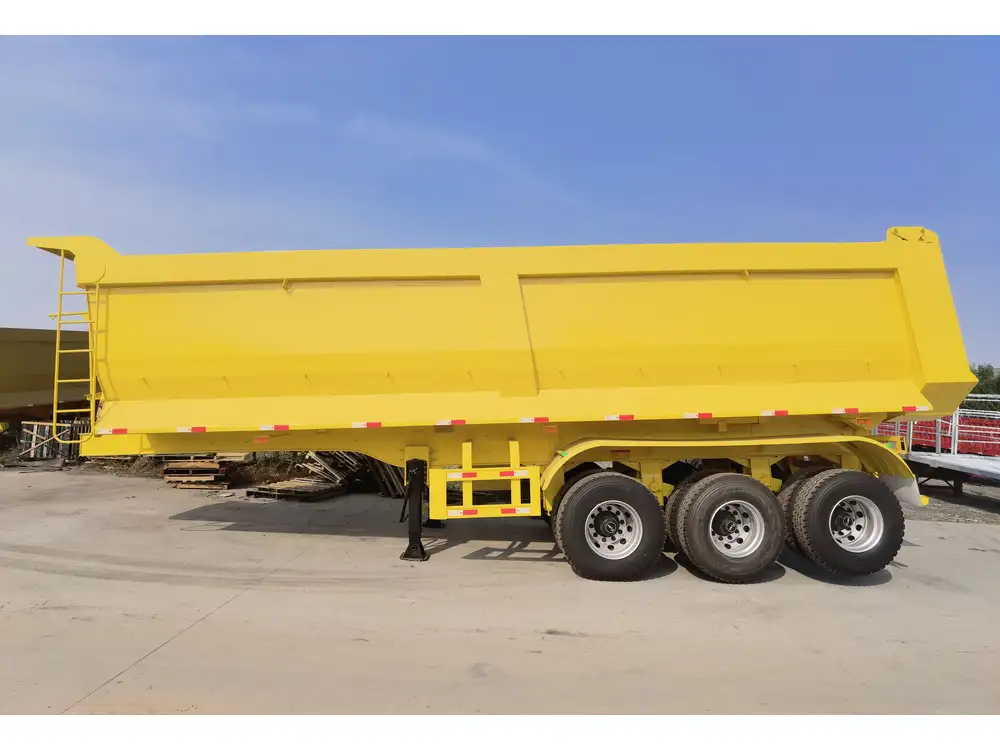
Why Choose CarMax Trailer for Your Lowboy Trailer Needs
At CarMax Trailer, we pride ourselves on delivering high-quality lowboy trailers tailored to your specific requirements. Here’s why partnering with us ensures you receive the best product in the market:
Unparalleled Expertise
With years of experience in trailer manufacturing, our team possesses the knowledge and skills to design and build trailers that exceed industry standards.
Customization Excellence
We work closely with you to understand your unique needs, offering bespoke solutions that enhance functionality and efficiency in your operations.
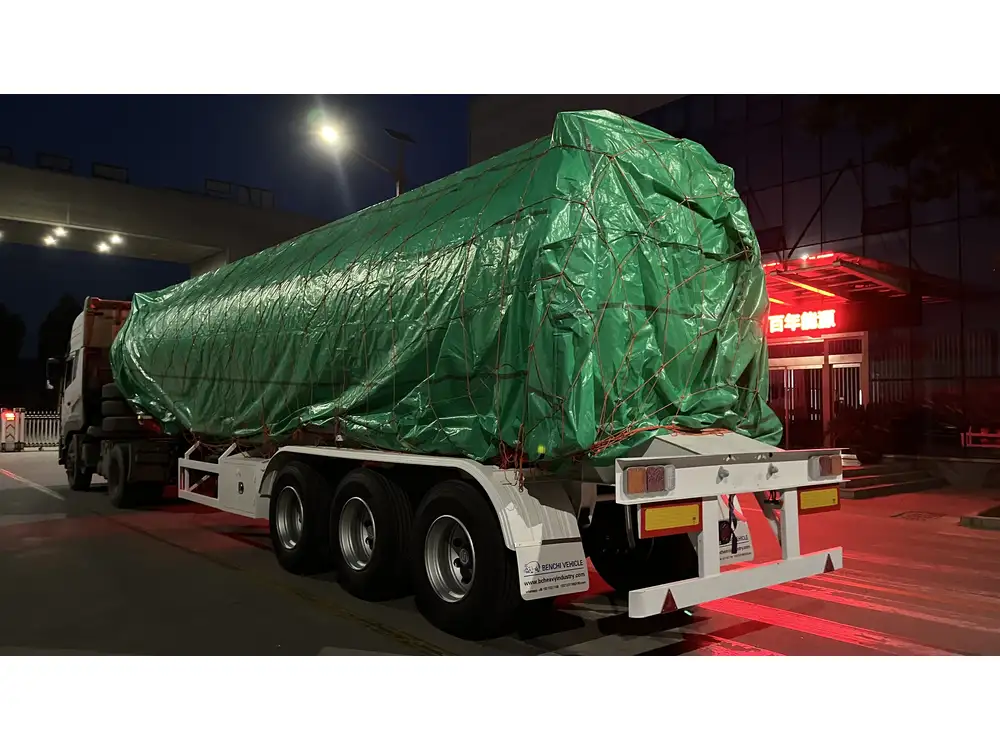
Quality Assurance
Our commitment to quality is reflected in every trailer we produce. Rigorous testing and quality control measures guarantee durability and performance.
Comprehensive Support
From initial consultation to post-purchase service, CarMax Trailer provides continuous support to ensure your trailer operates seamlessly.
Conclusion
Building a lowboy trailer is a complex process that requires careful planning, precise execution, and a deep understanding of both engineering principles and industry standards. By following the detailed steps outlined in this guide and leveraging the expertise of CarMax Vehicle, you can create a lowboy trailer that not only meets but exceeds your transportation needs. Whether you’re transporting heavy machinery or oversized equipment, our commitment to quality and customization ensures your trailer will perform reliably and efficiently on every journey.

Frequently Asked Questions
1. What is the maximum load capacity of a lowboy trailer?
The maximum load capacity varies based on design and construction, but typically ranges from 100,000 to 200,000 pounds. It’s essential to design your trailer according to the specific loads you intend to transport.
2. How does a lowboy trailer differ from a standard flatbed trailer?
Lowboy trailers have a significantly lower deck height, allowing them to carry taller loads without exceeding height restrictions. This design provides better weight distribution and stability for heavy and oversized equipment.
3. What materials are best for building a durable lowboy trailer?
High-strength steel is the preferred material due to its durability and load-bearing capacity. Aluminum and composite materials can also be used, depending on specific requirements and budget considerations.
4. How often should a lowboy trailer undergo maintenance?
Regular maintenance is crucial for safety and longevity. It’s recommended to perform a thorough inspection at least monthly, with more frequent checks after heavy usage or long-distance transport.
5. Can I customize my lowboy trailer for different types of equipment?
Absolutely. Customization options include adjustable decking, specialized tie-down points, enhanced lighting systems, and additional features like winches or protective covers, allowing you to tailor the trailer to various transportation needs.



